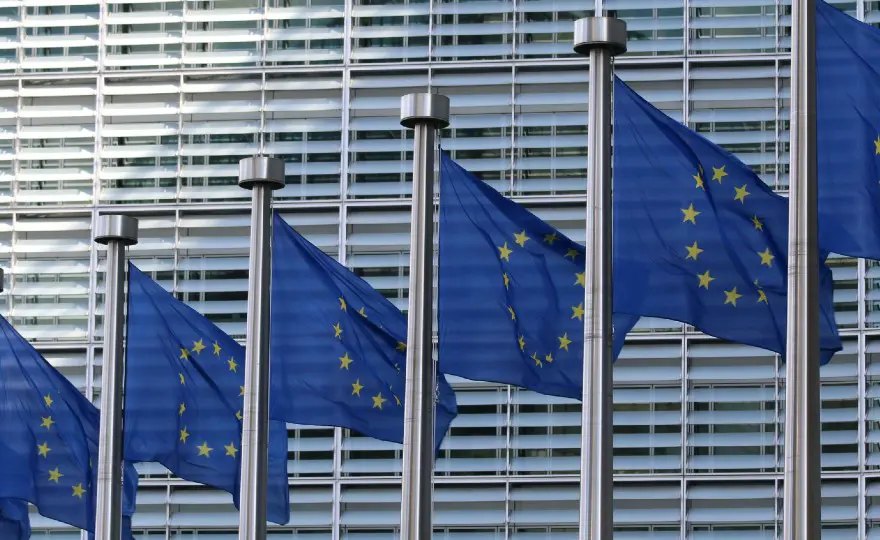
Sebastian Bechtel
28th August 2020


Analysis from Sebastian Bechtel, ClientEarth
In the first week of July, the European Parliament and the Council reached a final agreement on the text of the Collective Redress Directive. The Directive gives certain “qualified entities”, such as consumer organisations, the possibility to bring court cases to protect the general interest of consumers or, in case of compensation cases, on behalf of a group of consumers. The Directive will allow for such entities to enforce the provisions of certain Directives and Regulations intended to protect people and the planet more widely, which makes it potentially relevant for access to justice in environmental matters.
The Directive applies to infringements by traders of the specific Directives/Regulations listed in an Annex that harm or may harm “the interests of a group of consumers”. Based on amendments introduced by the European Parliament, the Annex includes, for instance, important chemicals regulations, such as the General Products Safety Directive, the General Food Law Regulation and the Cosmetics Regulation. It also includes Regulations and Directives pertaining to misleading advertising, the EU Ecolabel, food information, energy labelling, medicinal products, internal market in natural gas and in electricity, eco-design, energy efficiency as well as the classification, labelling and packaging of substances/mixtures.
In case of such an infringement, the “qualified entities” have the right to apply for an injunction and for compensation in national court on behalf of the consumers concerned by the infringement. For domestic cases, where the qualified entity is registered and the infringement takes place in the same Member State, Member States have considerable discretion to set the criteria for qualified entities. For cross-border cases, there are harmonized criteria, including a statutory purpose to protect consumer interests as well as 12 months of “actual public activity in the protection of consumer interests”. NGOs working for consumer interests, such as consumer organisations, should therefore be able to achieve the status of a cross-border “qualified entity”.
The Directive provides for two types of actions: injunctions and redress actions. With the injunction action the qualified entity can apply for a trader to cease an illegal activity. The qualified entity must provide “sufficient information on the consumers concerned” but individual consumers do not need to consent to the action, nor does the qualified entity have to prove loss/damage of individual consumers or intention/negligence on the side of the trader. This is therefore almost comparable to the de lege standing that the Aarhus Convention provides for environmental NGOs. Note that there is currently already a Directive on Injunctions in consumer cases but the Collective Redress Directive applies more broadly.
Redress actions are intended to provide for compensation, repair, replacement, price reduction, contract termination or reimbursement of the price paid to affected consumers. Member States enjoy more discretion in this context. In particular, Members States may decide whether to establish an “opt-in” (consumers need to agree beforehand to be represented) or “opt-out” system (consumers can declare that they do not wish to be represented by the qualified entity). For consumers not habitually resident in the Member State concerned, the Directive makes opt-in mandatory. Redress actions are therefore more similar to class actions, where the members of the affected class need to be more clearly defined.
The Directive will apply 30 months from when it is officially adopted, so it will likely take until 2023 for the new procedures to be implemented. There are, however, already a number of Member States that have collective redress mechanisms in place (for example, France, Belgium, Italy, the Netherlands and Sweden) and in some of these systems little may change, at least for domestic cases.
Though the Directive could and should have been extended in its application to cover further crucial pieces of EU law, the adoption of the Directive is an important step in recognising the need to facilitate court enforcement to protect EU rights. Given the fierce lobbying against the proposal by various industry representations, it is a great win for the public interest that this Directive will see the light of day.
Moreover, the debate around the proposal has highlighted the need for a similar mechanism in the case of environmental damage. Breaches of EU environmental regulations can cause harm to the health and property of many European citizens, as has already been the case due to industrial pollution and gas drilling. Moreover, where a coal plant violates EU industrial emissions laws polluting the air with toxic ash and rivers with mercury, local residents/citizens are also not empowered to claim compensation based on the current Directive.
France has recently expanded its collective redress mechanism to environmental cases and there is already some debate around this possibility on EU level. During the Commission hearings, MEP Lara Wolters (S&D) asked new Justice Commissioner Didier Reynders about collective redress in air pollution cases. Mr. Reyndes confirmed that the redress mechanism could be broadened so that it covers environmental harms such as pollution, a statement that has also already attracted some media attention. We will certainly remind him of this announcement.
Access to Justice is a fundamental means through which citizens and NGOs can support the implementation and enforcement of laws and policies to protect the environment. The goal of this ATOJ-EARL project is to achieve “Access to Justice for a Greener Europe”. It strives to enhance access to justice in environmental matters by providing information, training and support for the judiciary, public authorities and lawyers of eight European member states. ClientEarth and Justice and Environment are implementing this project with the financial support of the European Commission’s LIFE instrument.
